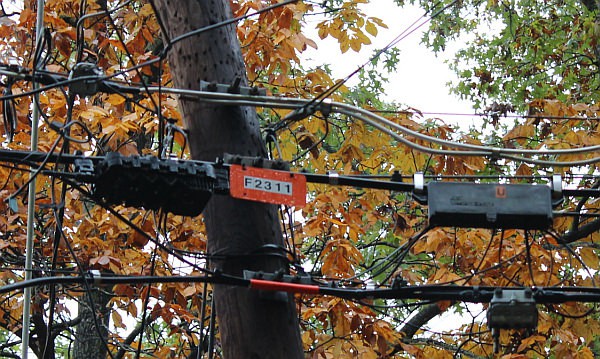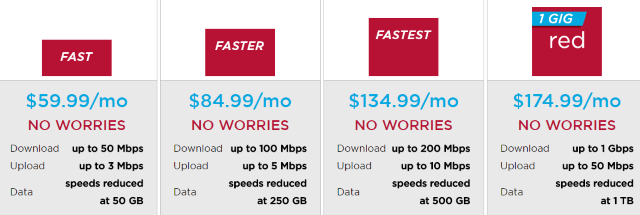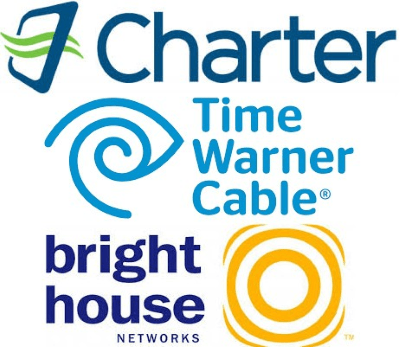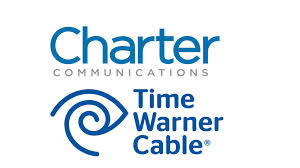 Verizon will conveniently add fraudsters’ phone and service orders to your wireless bill until you catch the illegitimate charges and complain.
Verizon will conveniently add fraudsters’ phone and service orders to your wireless bill until you catch the illegitimate charges and complain.
That is the basis of a new class action lawsuit filed in New York accusing the wireless company of billing customers for fraudulently obtained equipment and service.
Brooklyn lawyer Lowell Sidney told the New York Post it took five months of “autopay” charges almost $100 higher than normal before he noticed someone had obtained a new smartphone and service and billed it to his Verizon Wireless account.
“[Verizon] Fraud Services said that on Oct. 22, 2016, an unknown person entered a Best Buy store in Wesley Chapel, Florida, claimed to be [Sidney], and ordered a cellphone and phone service from Verizon,’’ the suit said. When Best Buy asked for ID, the imposter ran out of the store.
But that did not stop Verizon from running up Sidney’s bill for several months of phone financing installments and service charges.
Sidney’s lawyer told the newspaper it was clear the guy was a crook, but that did not stop Verizon from collecting money it knew didn’t belong to them.
Verizon’s fraud department confirmed Verizon’s corporate policy is not to notify customers about potential, suspected, or actual fraud. It is entirely up to customers to identify suspicious charges and prove to Verizon’s satisfaction those charges are illegitimate.
“The woman I spoke to was very candid — ‘That’s our policy,’” reported an outraged Sidney, and he’s suing to make the point Verizon should be doing a better job of protecting customers and should not be collecting money to which it is not entitled. He wants at least $75,000 in damages and wants other Verizon customers affected by fraud to receive settlements as well. He is also taking his business elsewhere after 17 years with Verizon.
“I am not sure if the competition provides comparable service, but to my knowledge, they don’t actively engage in defrauding their own customers,” Sidney said.
Sidney warns that “autopay” and electronic billing make it more difficult for consumers to scrutinize their bills and catch fraudulent charges because they have to seek out a monthly statement instead of getting one sent directly to them.


 Subscribe
Subscribe







